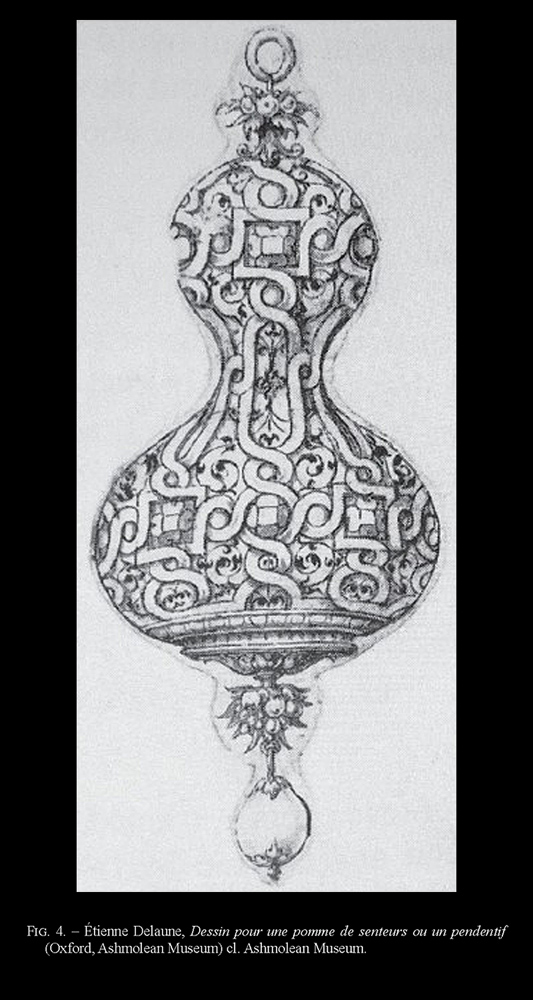

| On the previous page we were investigating the possibility that Etienne Delaune could have designed and or engraved the illustrative plates found in a Paris edition of the Decameron, published by Etienne Roffet in 1545. While searching the internet for anything and everything about Delaune I stumbled at last upon an article on the Persee Scientific Journals site. Written by Michele Bimbenet and entitled: L'orfèvre et graveur Étienne Delaune (1518/19-1583) : questions et hypothèses, (see this article). The illustration shown above is from this publication and here for the first time I saw something that may show a connection to the Decameron engraving. The reproduction of this image on the Persee site is not high resolution and I was quick to try to find it at the site of the Ashmolean Museum. |
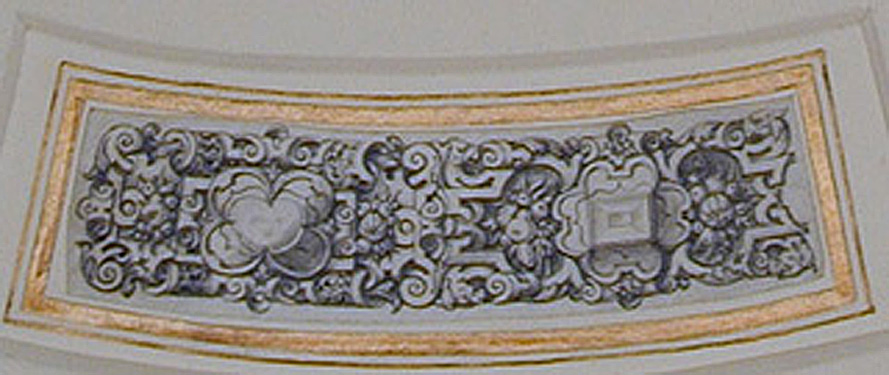
|
Etienne Delaune (1518-1583) Design for a close-hinged link: A design for two links, slightly curving, Whiteley (1996) 363 Pen and black ink with grey wash on vellum. Sheet: 28 x 110 mm The Ashmolean Museum, Oxford. Bequeathed by Francis Douce, 1834, and transferred from the Bodleian Library, 1863.; WA1863.133.363 |
| At the Ashmolian Museum site I discovered that they have an amazing collection of Etienne Delaune artwork, litterally hundreds of items, the unfortunate part is that none of the online examples are anything more than thumbnails. I really cannot understand the logic of this, except perhaps that they are hoping that you will buy something, anyway there is no point on dwelling on this, but rather I have enlarged a thumbnail, which even though barely worth putting online allows me to show something that relates to the Decameron engraving. Mainly the elaborate use of scrolls and scroll wings, below I show another item from the Ashmolean collection. |
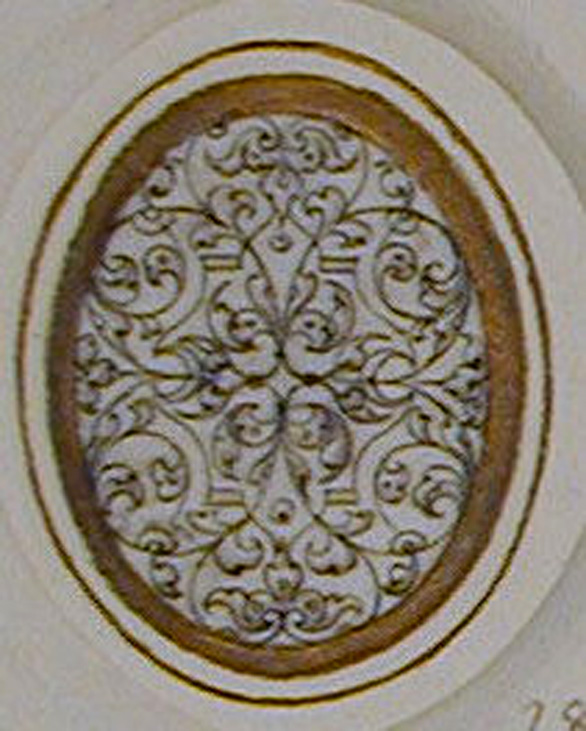
|
Etienne Delaune (1518-1583) Design for a decorative oval panel decorated with an arabesque pattern of leaves and tendrils, Whiteley (1996) 287 Pen and black ink with brownish wash on vellum. Sheet: 39 x 30 mm (oval) The Ashmolean Museum, Oxford. Bequeathed by Francis Douce, 1834, and transferred from the Bodleian Library, 1863.; WA1863.133.287 |
| Here again I have had to enlarge a thumbnail and the image is blurred but shows amply that Delaune was well versed in this sort of decoration and art, and thus it would be no surprise if he did in fact design the Decameron engravings. Within the Ashmolean collection we see mainly illustrations in pen and ink that were preparatory drawings, not engravings, thus I speculate that Delaune may have made the drawings for the Decameron engravings, but did not necessarily make the engravings themselves. |
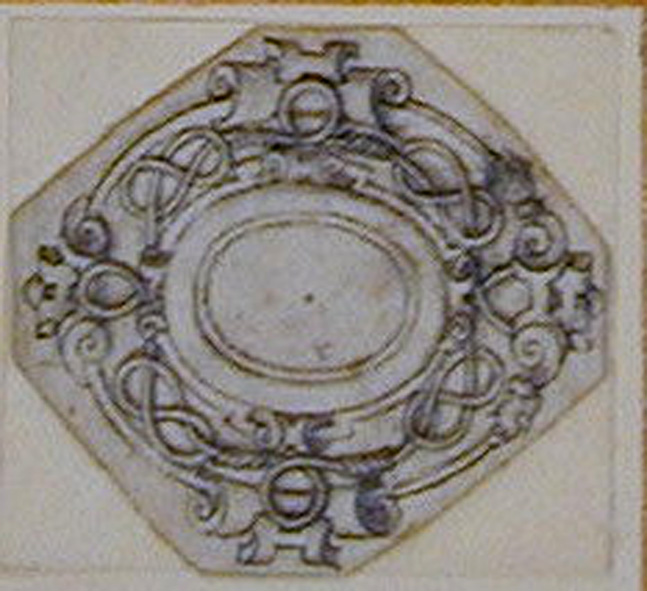
|
Etienne Delaune (1518-1583) Design for a badge or dress ornament: A design for an oval jewel, Whiteley (1996) 325 Pen and black ink with grey wash on vellum. Sheet: 35 x 38 mm (oval) The Ashmolean Museum, Oxford. Bequeathed by Francis Douce, 1834, and transferred from the Bodleian Library, 1863.; WA1863.133.325 |
| Compare the scrollwork in this Delaune drawing with that in the Decameron engraving shown below. The parallels in the way he has stacked smaller scrolls upon or below the main scrolls may not be just a coincidence. Delaune shows himself in these examples as an able illustrator well versed in ornamentation and I suspect that there is a strong possibility that he did in fact design the Decameron engravings as well as the floral motifs that were ultimately transformed into the azured tools found in the atelier au trefle, atelier du reliure du roi. |
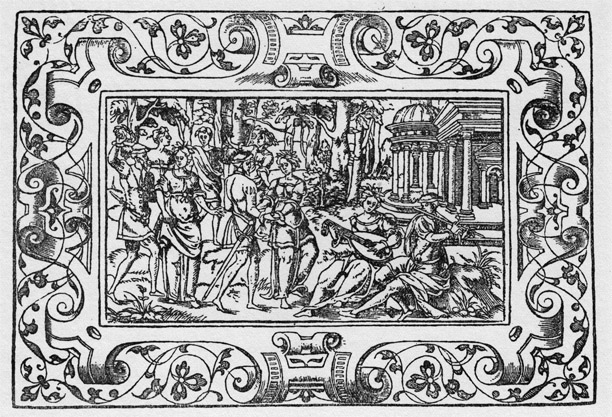
| information about the author | return to the home page of VIRTUAL BOOKBINDING |